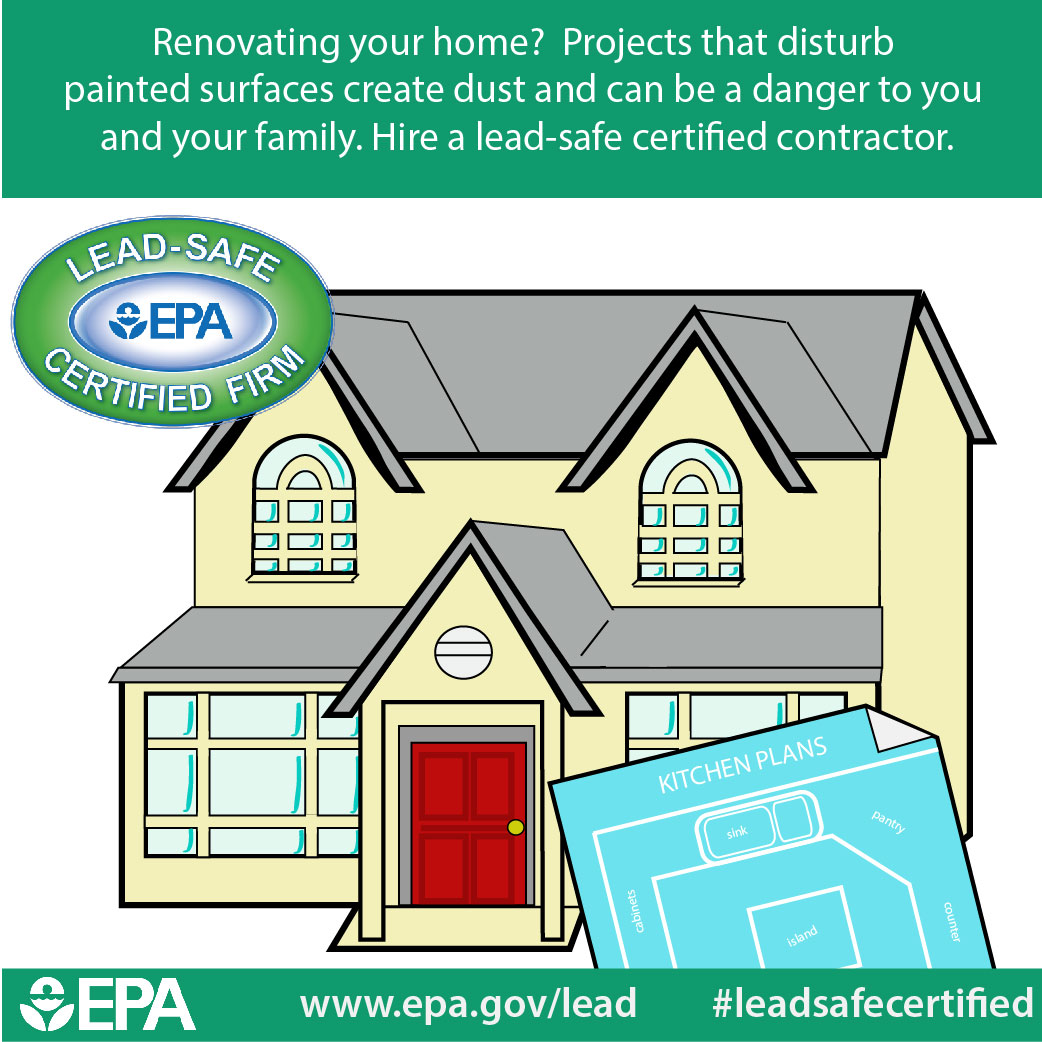Weather'S Effect On Commercial Exterior Painting: Vital Understanding For Success
Weather'S Effect On Commercial Exterior Painting: Vital Understanding For Success
Blog Article
Posted By-McNamara Hollis
When you're preparing a business exterior paint project, do not undervalue the influence of climate on your results. You require to take into consideration elements like temperature, moisture, and precipitation, as they can make or break your paint task. As an example, did you know that perfect conditions call for details temperature level varieties and moisture levels? Stopping working to monitor these facets can bring about irregular finishes and even damage to fresh paint. Understanding these components is vital to achieving a long-lasting, professional outcome. So, what particular climate condition should you watch out for?
Temperature Considerations
When it involves industrial outside painting, temperature level plays a critical role in the result of your project. If you're painting in severe warm, the paint can dry out also swiftly, leading to concerns like poor bond and unequal finishes. You intend to aim for temperatures between 50 ° F and 85 ° F for the very best results. Below 50 ° F, paint might not cure properly, while above 85 ° F, you run the risk of blistering and splitting.
Timing your job with the right temperatures is necessary. Begin your job early in the early morning or later in the afternoon when it's cooler, especially throughout warm months.
Also, take into consideration the surface temperature; it can be substantially higher than the air temperature, specifically on warm days. Make use of a surface thermometer to inspect this before you start.
If temperatures are unforeseeable, keep an eye on the weather forecast. Unexpected temperature level declines or warm front can thwart your strategies. You do not want to begin repainting only to have the problems change mid-project.
Moisture Levels
Humidity levels dramatically influence the success of your industrial external paint job. When the humidity is too high, it can hinder paint drying and healing, leading to a series of issues like bad bond and end up quality.
If you're intending a work during damp conditions, you could find that the paint takes longer to completely dry, which can prolong your job timeline and rise costs.
On the other hand, low moisture can likewise position difficulties. Paint might dry out also promptly, avoiding proper application and resulting in an unequal finish.
You'll wish to keep track of the humidity levels closely to guarantee you're working within the ideal variety, typically between 40% and 70%.
To obtain the most effective outcomes, think about making use of a hygrometer to determine humidity prior to starting your task.
If you discover the degrees are outside the optimum array, you may need to change your schedule or pick paints created for variable problems.
Constantly get in https://residential-painters-near31060.dgbloggers.com/33657226/discover-the-connection-between-weather-and-industrial-paint-tasks-and-locate-essential-techniques-to-adjust-to-unforeseeable-problems-for-attaining-the-most-effective-outcomes-what-will-you-find-out-next with the maker's guidelines for certain suggestions on humidity resistance.
Rainfall Effect
Rainfall or snow can considerably interrupt your industrial outside painting strategies. When precipitation takes place, it can remove freshly used paint or create an unequal surface. Ideally, you intend to choose days with completely dry weather condition to guarantee the paint adheres properly and remedies efficiently. If you're captured in a rain shower, it's ideal to stop the project and wait on problems to boost.
In addition, snow can be much more destructive. Not just does it develop a damp surface area, however it can also decrease temperature levels, making it difficult for paint to dry. This can bring about concerns like peeling or blistering down the line.
It's important to inspect the weather report before beginning your task. If rain or snow is forecasted, think about rescheduling.
Always bear in mind to permit sufficient drying out time in between layers, specifically if the weather remains unforeseeable.
Conclusion
In conclusion, keeping an eye on the weather is vital for an effective commercial exterior paint task. By monitoring temperature level, humidity, and rainfall, you can make certain the very best problems for application and healing. Remember to prepare your work around beneficial weather and constantly adhere to producer standards. With the right strategy, you'll achieve a long-lasting, beautiful coating that can hold up against the aspects. Do not allow mouse click the following post capture you unsuspecting-- stay informed and paint smart!
